Not sure how we missed this Christmas episode…
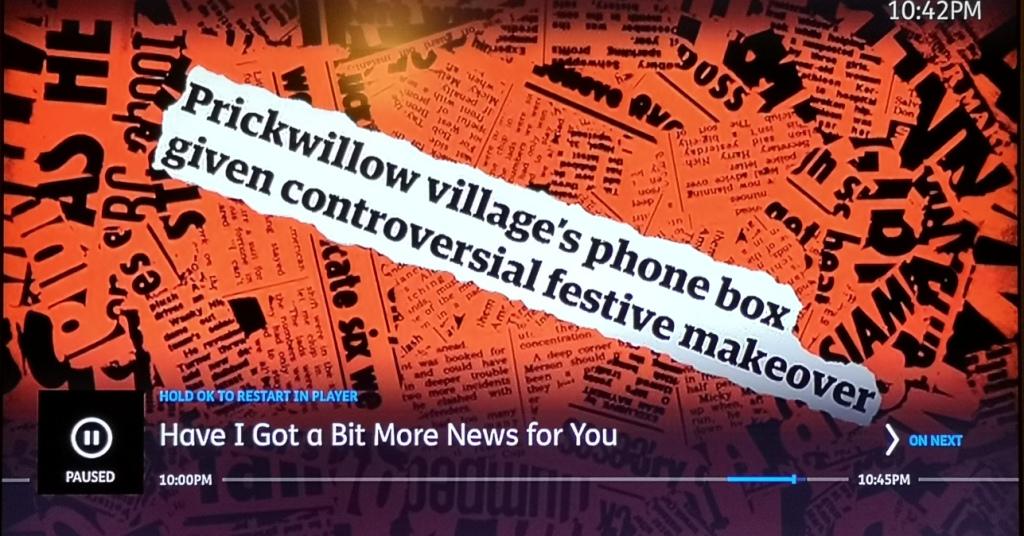

Not sure how we missed this Christmas episode…


Not a new idea but nice to hear about how communities are keeping an icon relevant…
BT is putting 4,000 phone boxes up for adoption. Many have already been turned into libraries, defibrillator stations, even tiny art galleries.
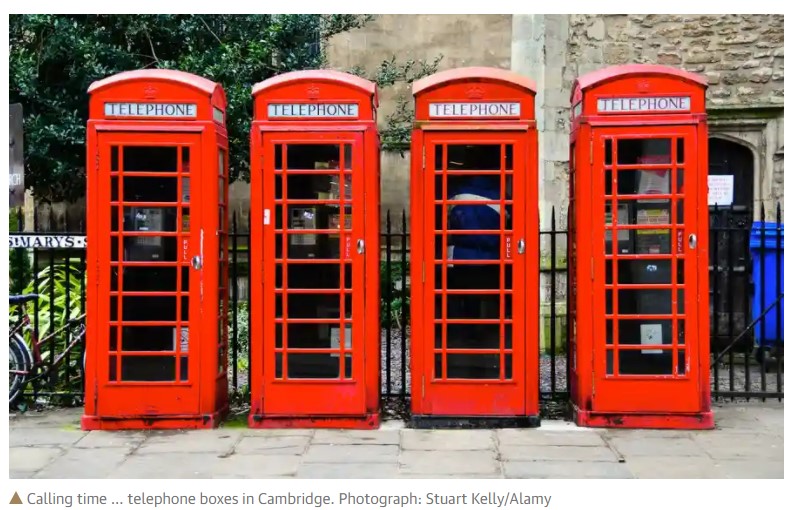
Name: Red telephone boxes.
Age: Sir Giles Gilbert Scott’s original K2 design dates from 1924, but his smaller K6, from 1936, is the the more widespread.
Appearance: Iconic.
Purpose: Depends.
You mean it depends on the nature of the telephone call you wish to place? Of course not – nobody uses phone boxes to make calls any more.
Why not? Because everybody has a mobile now. Only about 7,000 traditional red phone boxes across the UK even work, but more than half lose money and calls continue to decline by 20% a year.
What other purpose can an obsolete phone box serve? A lot of them get turned into libraries.
Aren’t they a bit small for that? They’re very small libraries – basically community hubs where books can be donated and exchanged.
I suppose it’s better than no library at all. Precisely. When mobile library funding was cut for Westbury-sub-Mendip, Somerset, the parish council bought the local phone box and slung up some shelves.
Bought it from where? From BT. Since 2008, its Adopt a Kiosk scheme has allowed communities to purchase its redundant phone boxes for £1.
Is the scheme popular? Yes. So far 6,600 phone boxes have been adopted, and BT just announced another 4,000 are to be made available.
That’s a lot of tiny libraries. They’re not all full of books. Some of the kiosks were turned into information centres or mini-museums. In Cheltenham, nine disused boxes have been transformed into single-occupancy art galleries.
What a lovely idea. If there’s a downside to cutting vital community services to the point where they can fit inside phone boxes, I can’t see it. Well, some of the library boxes have had to be temporarily shut because of Covid.
I suppose there may be a risk there. And someone has been leaving erotic fiction in the phone box in Hurstbourne Tarrant, Hampshire.
In 2019 I posted a story about the Japanese wind phone – you know I love to bring to this blog, the weird and wonderful ways that phone boxes exist in our world. This beautiful idea appears to be catching on . Here is a story from the USA. (I would love to set this off where I live but I’m afraid the booth would just be vandalised.)
Marshall phone carves out space for spirituality and grief
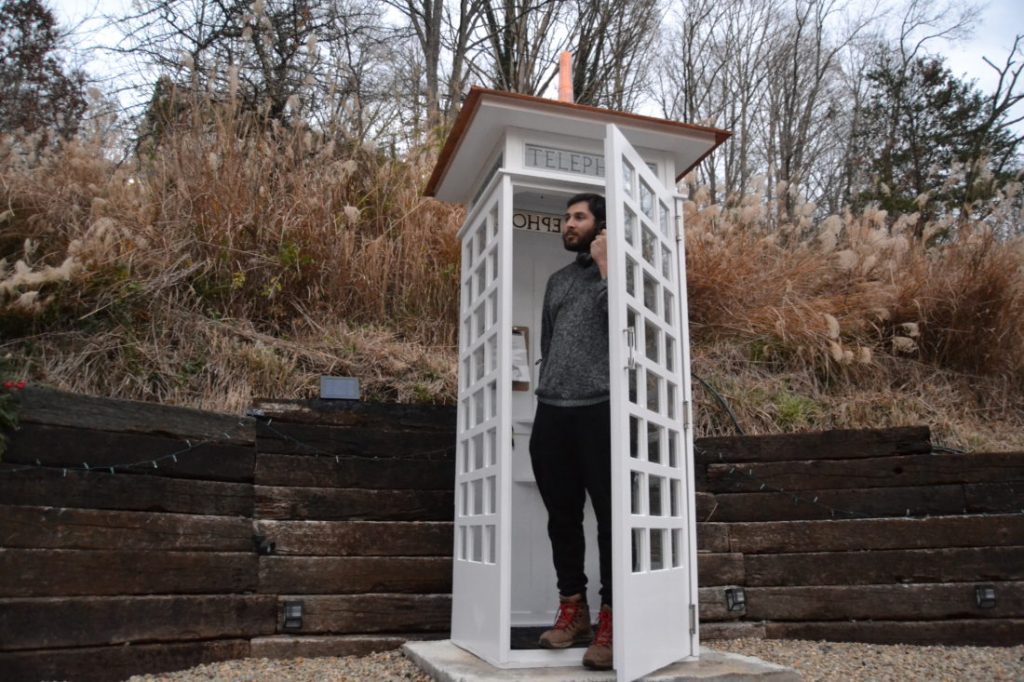
Just off state Highway 213 in Marshall, a 1940s rotary phone sits inside a white, glass-paned phone booth, overlooking a garden and, in the distance, a ridgeline. While not physically connected to any network, the phone facilitates spiritual connections. Here, visitors can pick up the handset, “call” their lost loved ones and release whatever words they wish to communicate into the wind.
As Western North Carolina continues to grapple with the coronavirus pandemic, the wind phone’s creator, Susan Vetrone, hopes the space will offer respite and a glimmer of hope to anyone struggling with the complex emotions that accompany loss.
“People are carrying around a lot of grief,” explains Vetrone, a Marshall resident who conceptualized the project this June and oversaw the booth’s installation in October. “It’s hard to lose people you love. … I hope this helps to relieve some of that angst.”
The concept for the Marshall wind phone, says Vetrone, is based on the original “phone of the wind” in Otsuchi, Japan, created by garden designer Itaru Sasaki in 2010. Sasaki initially built the phone to cope with his grief over his dead cousin. But after a tsunami and its aftermath killed 20,000 members of his community the following year, Sasaki opened the site to the public. In the subsequent three years, the booth became a community cornerstone, receiving over 10,000 visitors.
Vetrone first heard the story of the wind phone as she was mourning her mother’s battle (and eventual passing) with Parkinson’s and dementia. “It really moved me,” she recalls. “I immediately started seeking out a way to make it happen here. I wanted it to mirror — almost exactly if it could — the Japanese phone booth that brought so many people comfort.”
Replicating the style of the original wind phone wasn’t easy. Vetrone had to sift through many red, shiny “UK- style” booths before eventually tracking down a plain wooden one, which she then painted white. “We wanted the feeling of lightness and spirituality,” she explains.
And to evoke traditional Japanese architecture, Vetrone commissioned local sculptor Steve Reed to create the booth’s ornate copper roof. She also weatherized the structure and installed solar lights inside the booth so visitors could make calls after dark.
Neighbor Sherrye Perry, who has lost both of her parents and visits the wind phone often, appreciates that it gives her the space to “say what you need to say.”
“It reminds me that there are all different ways and resources and paths to communicate with — at least in my mind — my creator and my ancestors,” Perry adds. “That we are surrounded by a great cloud of witnesses. I can’t see them, but you can feel them. And they see me, and I feel uplifted by knowing that.”
The wind phone is open to the public at 386 Madison Heights in Marshall, about a 25-minute drive from downtown Asheville.
From Asheville, take Interstate 240 to Interstate 26 west. At Exit 19A, take U.S. Highway 25/70 north toward Marshall. Turn right on State Road 213. After 2 miles, turn left on Madison Heights Drive. The parking lot is on the right.
Source: https://mountainx.com/living/marshall-phone-carves-out-space-for-spirituality-and-grief/
This I did not expect…
(I had to grab screen shots before getting an intrusive pop up screen, so apologies for the presentation.)
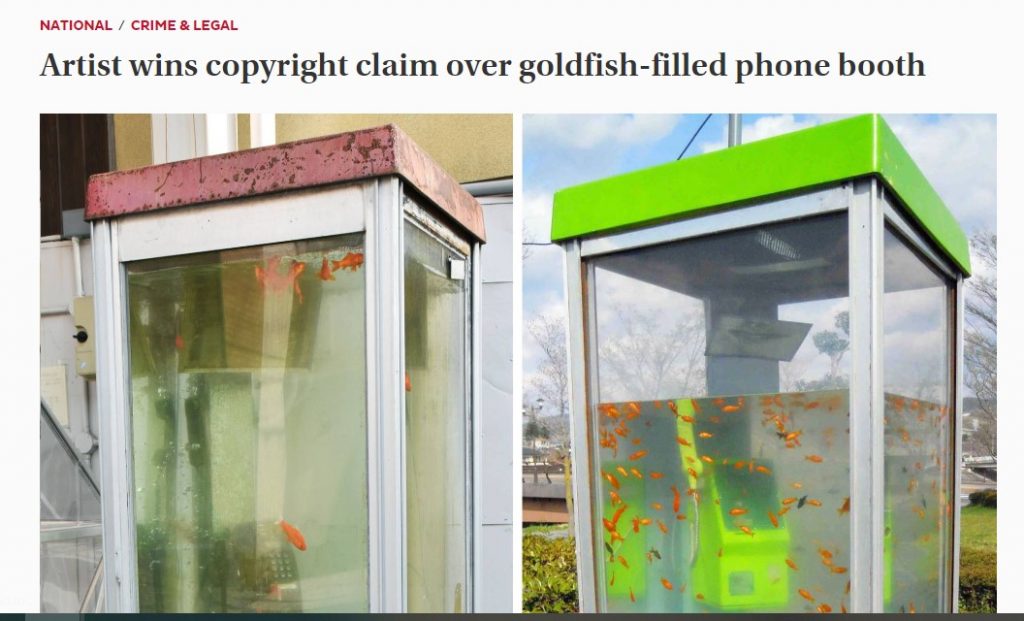
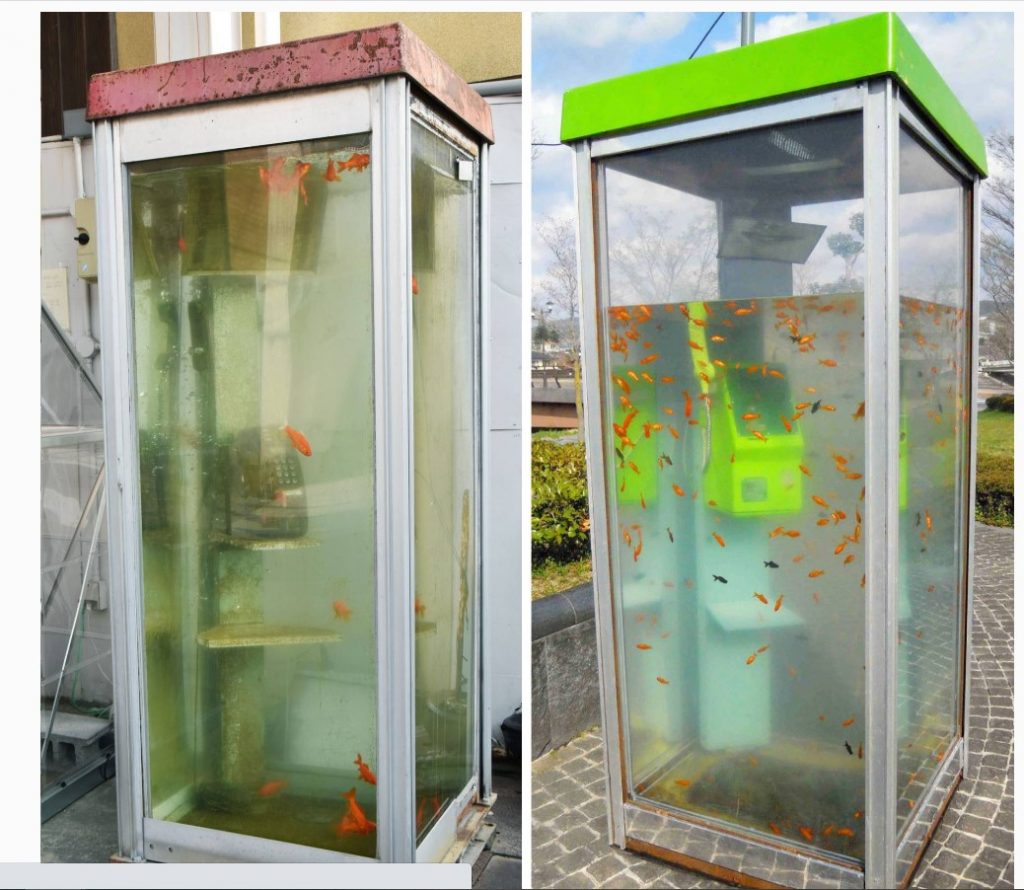
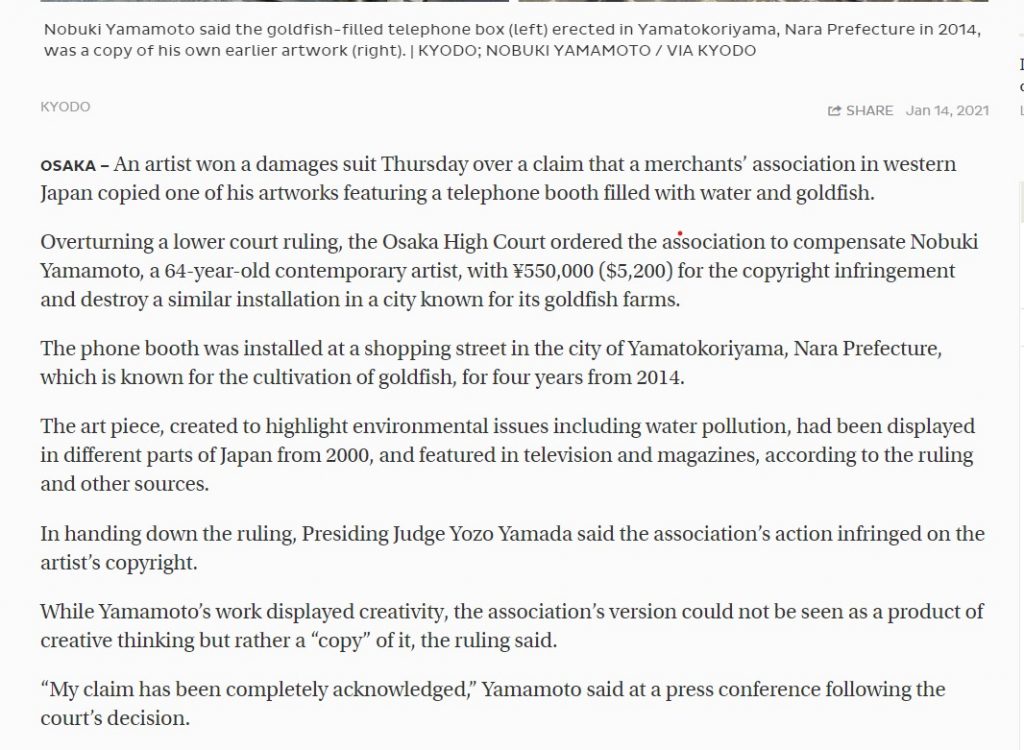
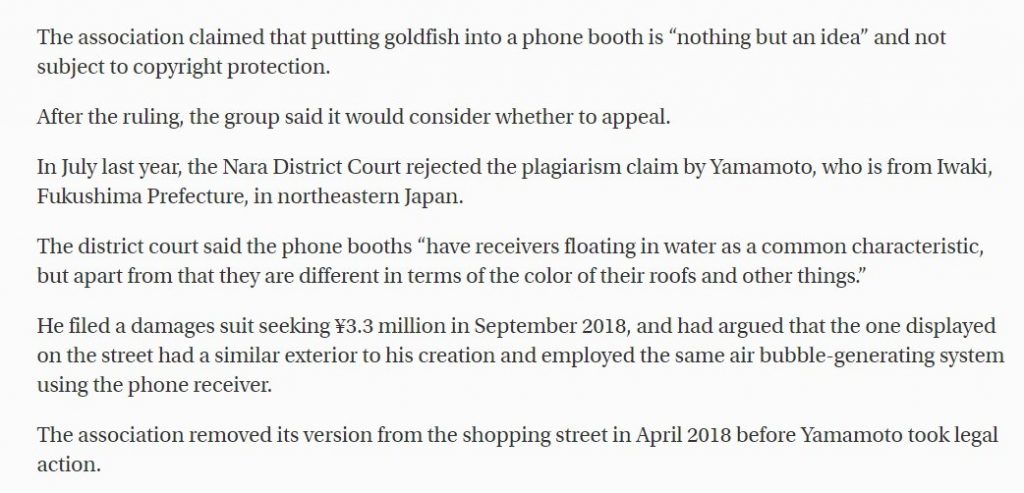
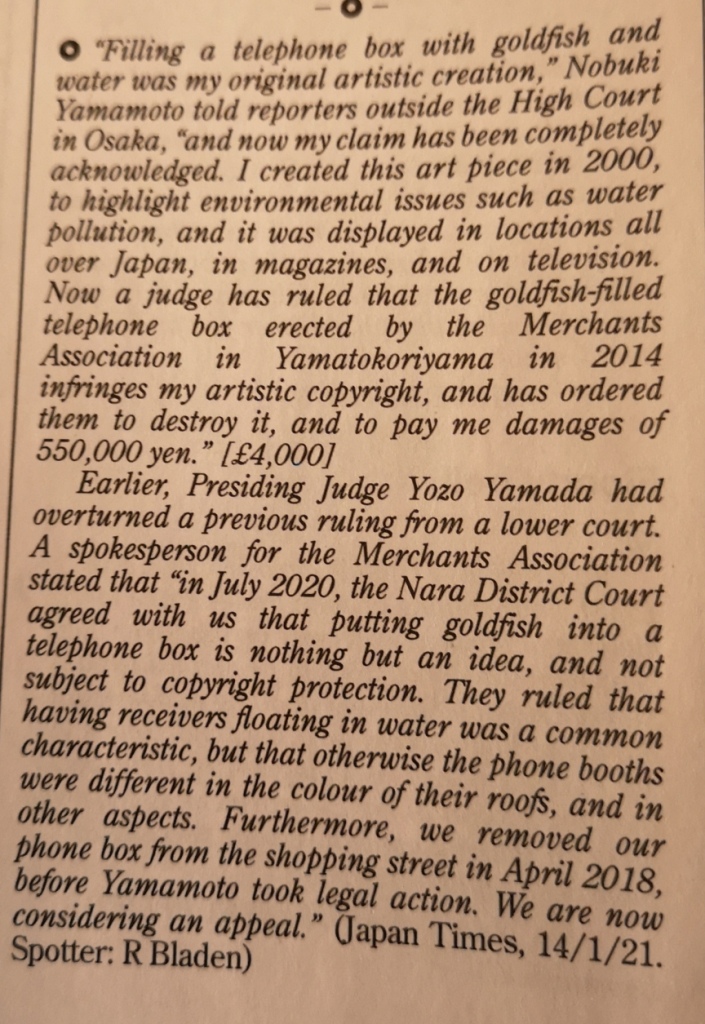
‘Thames Town’, is a town in China that is replica of perceived UK architecture. It naturally includes an iconic red box. Frankie Boyle, in ‘New World Order’, noted that to make it more authentic someone would have to piss in the phonebox. Sad but true.
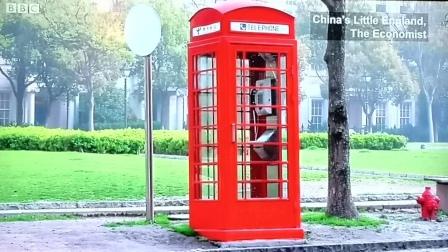
This article in the Guardian showes how relevant phone boxes still are to communities in the modern world. (A small piece of good news in a time when 98% of news articles just bring me down.)
Drum rolls, bread rolls and rolling wheels – the upside of lockdown

It is heart warming to see every aspect of society transformed to join the effort against coronavirus, with Harry Potter buses turning into NHS shuttles, an old red phone box becoming a food hub, and an ancient water mill brought back into action to tackle the flour shortage…
Village in Scotland turns phone box into community larder
A disused red phone box has been transformed into a mini food hub, stocking groceries and other essentials for residents struggling with the coronavirus lockdown.
Muthill, a village in Perth and Kinross, Scotland, is home to 675 residents. Corinna Robertson and Susan Crawford decided to set up the “take what you need” service after realising just how badly the lockdown had hit some people.
“We realised this is worse than we thought. People are off work and have no income and it’ll take a while for them to get money through,” said Robertson, a 52-year-old garage worker who was recently furloughed.
The larder, which was set up on 9 April, is particularity useful for those who cannot drive and who might struggle to get to the nearby town of Crieff to stock up. “The response has been incredible. The local pub, which no longer has income, donated chocolate Easter lollies for kids,” she added. “It’s great community spirit.”
They have even considered keeping the hub open after the lockdown finishes to help people get back on their feet. “People might be in this predicament for a while, being behind with bills.”
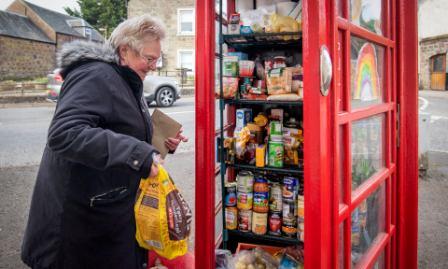
For the full article click here: https://www.theguardian.com/news/2020/apr/15/drum-rolls-bread-rolls-and-rolling-wheels
A Welsh village is trying to save its beloved red telephone box from being scrapped because it helped protect them during World War II.
The phone box in the quiet village of Bryn-y-Gwenin, near Abergavenny, South Wales,, was used to warn of air raids.
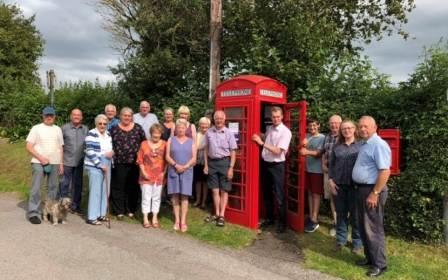
Now the villagers want BT to save the box because of its wartime role when it was “the main point of contact” for warnings of Nazi bombing raids.
The villagers have enlisted the help of Conservative MP David Davies in their campaign to save the phone box.
Mr Davies said keeping the phone box would preserve the village’s history as well as serving a practical purpose. He said: “Mobile signal in this part of rural Monmouthshire is intermittent and very poor at best, so the public telephone box is an essential village amenity for Bryn-y-Gwenin.
“It also serves Llanddewi Skirrid and the surrounding area. With the Skirrid mountain a popular spot for walkers and cyclists, the significance of the box is paramount in an emergency.
“BT claims the phone box has had very little use over a significant period of time. Calls may well be small in number but one day that call could be very important and potentially life-saving.”
Previous plans to decommission the box were successfully overturned in 2016 following a similar local campaign.
Resident Paul Webb said villagers “cherished” the box, which bears the Tudor Crown of King George VI.
“One of our villagers, Richard Cox, cleans it on a weekly basis and repaints it when necessary.” he said.
“The box has always been a proud landmark at the entrance to our village. It is an iconic part of British heritage yet sadly, these red telephone boxes are getting more and more scare in the countryside.
“It has been stated in the past that if the phone itself was removed but the box remained then the villagers would be prepared to have a defibrillator installed as it would be a very strategic place for one to be available.”
The phone box is a K6 model, designed to commemorate the silver jubilee of King George V, and entering production in 1936.
It was originally connected to the village post office via a party line.
On Twitter, Mr Davies posted a video of himself at the phone box and surrounded by residents. He said: “This phone box played a small role in defending Britain during WW2. It is being lovingly cleaned & maintained by a local resident. After decades of loyal@service @bt_uk want to scrap it.”
BT has launched a consultation period to determine the phone box’s future.
A spokesman for BT said: “Most people now have a mobile phone and calls made from our public telephones have fallen by around 90 per cent in the past decade.
“We consider a number of factors before consulting on the removal of payphones.”
Cross-post from The Telegraph
This article starts with an image still from the film Otolith II, 2007 – featuring iconic red phone boxes.
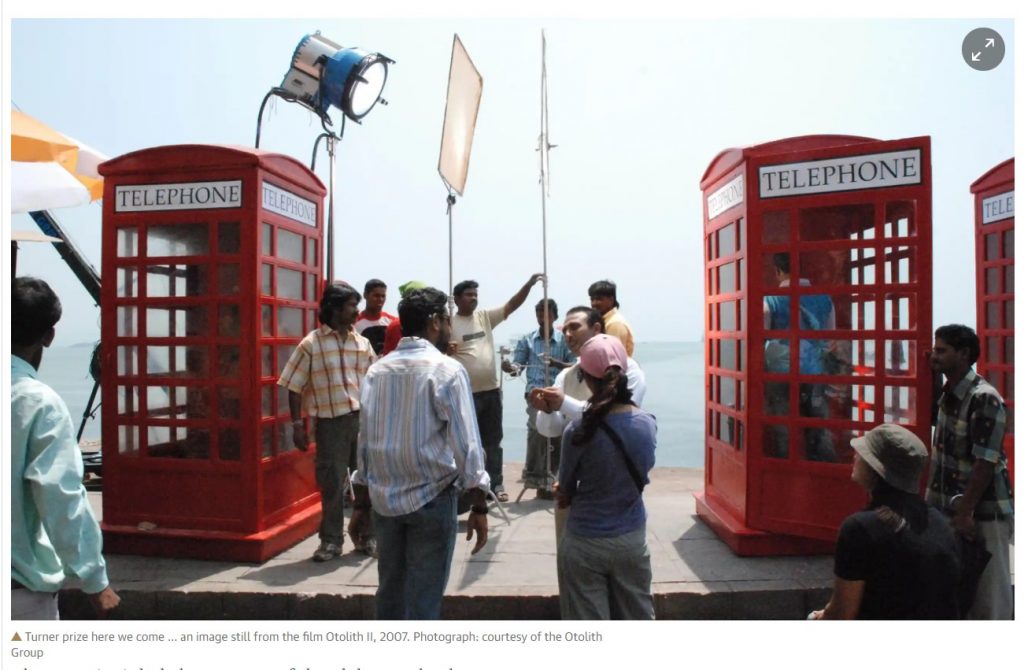
It isn’t just WeWork’s now-pulled IPO that’s toxic at the company: according to a Business Insider report, the company emailed its tenants on Monday telling them that there was “potentially elevated levels of formaldehyde” in phone booths throughout WeWork offices in the U.S. and Canada. Why they used the word potential is unclear – according to the report, the company admitted that “tests for high levels of formaldehyde came back positive late last week”.
The email stated that the company was removing 1,600 phone booth from locations that “may be impacted” in addition to 700 other booths that have yet to be tested for formaldehyde. At some WeWork spaces on Monday, there were taped signs reading: “CAUTION: DO NOT USE” over the phone booths.
The company stated in its email that it had received complaints of “odor and eye irritation”. The EPA says that formaldehyde can cause respiratory symptoms and eye, nose and throat irritation.
Colleen Wong, a tenant at WeWork’s Rosslyn location in Arlington, Virginia said: “I always noticed, from the first time I entered a phone booth, a strong chemical odor. I assumed it was a new building / equipment type smell. Kind of like glue or a new car.”
“They had a chemical smell, like when you get something new in the mail,” a WeWork member from Minneapolis told Bloomberg.
WeWork says the high formaldehyde levels are the fault of the manufacturer of the phone booths.
Online exhibition celebrates telephones in literature
I thought that my blog would become somewhat irrelevant over the years, as focusing on a piece of technology of the past would mainly be of interest to social historians. Yet our collected response to Covid-19 has proved me wrong. Communication is still a key feature of the make up of human beings. We all need to connect to someone. Yes, the technology has changed, but it’s still technology being put to the same use – to maintain contact.
A current online exhibition seems to prove my point. Click here for more:
https://www.theguardian.com/artanddesign/2020/nov/17/milkman-to-mark-twain-online-exhibition-celebrates-telephones-in-literature
“They can be objects of romance or harbingers of doom. They can provide plot twists, shocks, horror, comedy or character. Now the role of the telephone in literature, from the 19th century to the present day, is being celebrated in an online exhibition, Crossed Lines.
Readers of books, plays and poems were invited to send in their favourite references to telephones in literature, and almost 100 examples, from the earliest models to smartphones, were submitted from across the world…”
(from The Guardian)
Comments Off on Online exhibition celebrates telephones in literature
Posted in Comment, News
Tagged literature